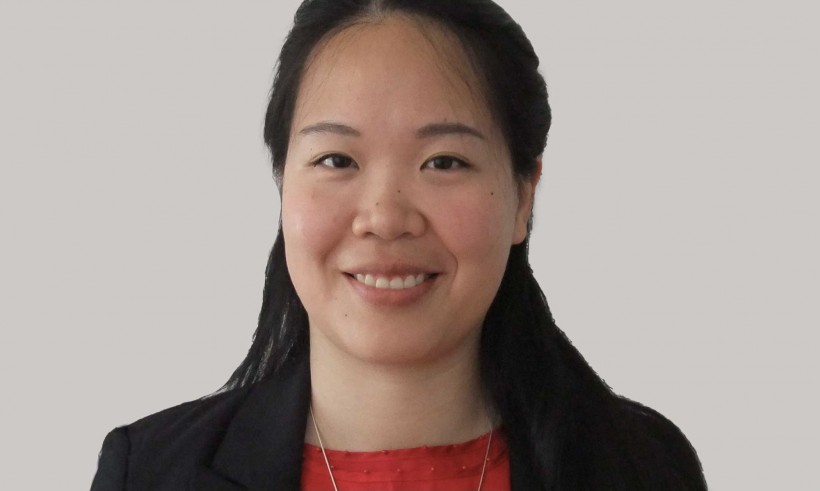A Saint John entrepreneur plans to tap Atlantic Canada’s high winds for carbon capture projects that she hopes will help power the space industry, with a working prototype slated for completion next year.
Tammy Cai is a Memorial University-trained engineer and the co-founder of Gaia Refinery, which was one of five companies presenting at the Energia Ventures demo day on Thursday. She and her business partner, Mike Parent, plan to extract carbon dioxide from the atmosphere and convert it to methane, to create natural gas of a higher purity than can be achieved from fracking.
She told Entrevestor in an interview that her natural gas will contain high enough concentrations of methane for use in launching rockets -- between 95 and 97 percent, compared to about 92 percent for gas produced via fracking.
“If Canada is able to reach our emissions target earlier by doing direct air capture, we can help other countries reduce the whole global carbon dioxide concentration in the atmosphere,” said Cai. “And this kind of operation has been growing slowly, because there's a high cost associated with building and operating facilities, as well as insufficient value of carbon dioxide.
“So our motivation is to change that. We want to bring down the cost and to generate pipeline-grade natural gas as an end product, to generate a healthy margin for this kind of business to grow and be independent and expand to an impactful level.”
Gaia’s equipment will capture the greenhouse gases and use a chemical reaction to convert them to natural gas on site, where it will be stored in tanks. To transport the gas, Cai hopes to ink deals with the companies that control local pipelines, such as New Brunswick’s Liberty Utilities and Nova Scotia’s Heritage Gas.
Cai’s focus on spaceflight companies as buyers -- she cited Elon Musk’s SpaceX as one example -- could help solve a key obstacle for carbon capture. Removing carbon from the atmosphere typically costs anywhere from $100 to $800 per ton, but generates carbon offset credits that are only worth about $35 per ton.
Gaia is also competing in Musk’s multi-year, US$100 million XPRIZE for carbon removal.
Her company’s process, which relies on microorganisms called biocatalysts to create a chemical reaction that produces the natural gas, solves the cost problem both by being less expensive and by creating an additional revenue stream.
Cai said her more efficient process will benefit from Gaia’s location in New Brunswick, where high winds make it more feasible to operate “direct air” carbon capture systems, which are mechanically simpler than the industry standard because they do not rely on fans.
“So, instead of using fans -- building those fans and powering those fans consumes energy -- we just use wind catchers that look like a little L-shaped the chimney,” she said. “Their function is to capture and channel the wind into our reactor.”
Also increasing the efficiency of Cai’s design will be the self-replicating nature of the biocatalysts, complemented by a sensor suite feeding an artificial intelligence system to help continually optimize the system.
So far, Cai has built working models of each step in her process, and she plans to combine them into a working prototype about two feet cubed by February.
She and Parent, who she met while they were both working at the National Research Council of Canada, so far have two employees and a handful of outside contractors. Parent serves as vice president of marketing and communication.
Other than a grant from the University of New Brunswick’s Energia accelerator, and an ongoing application to Innovacorp’s GreenShoots program for biotechnology startups, Gaia has not yet raised capital.
But after the prototype is finished next year, Cai said she foresees a round of seed funding.
“I plan to do a VC round next summer, once we have demonstrated and verified the prototype and have a patent in place,” she said.










